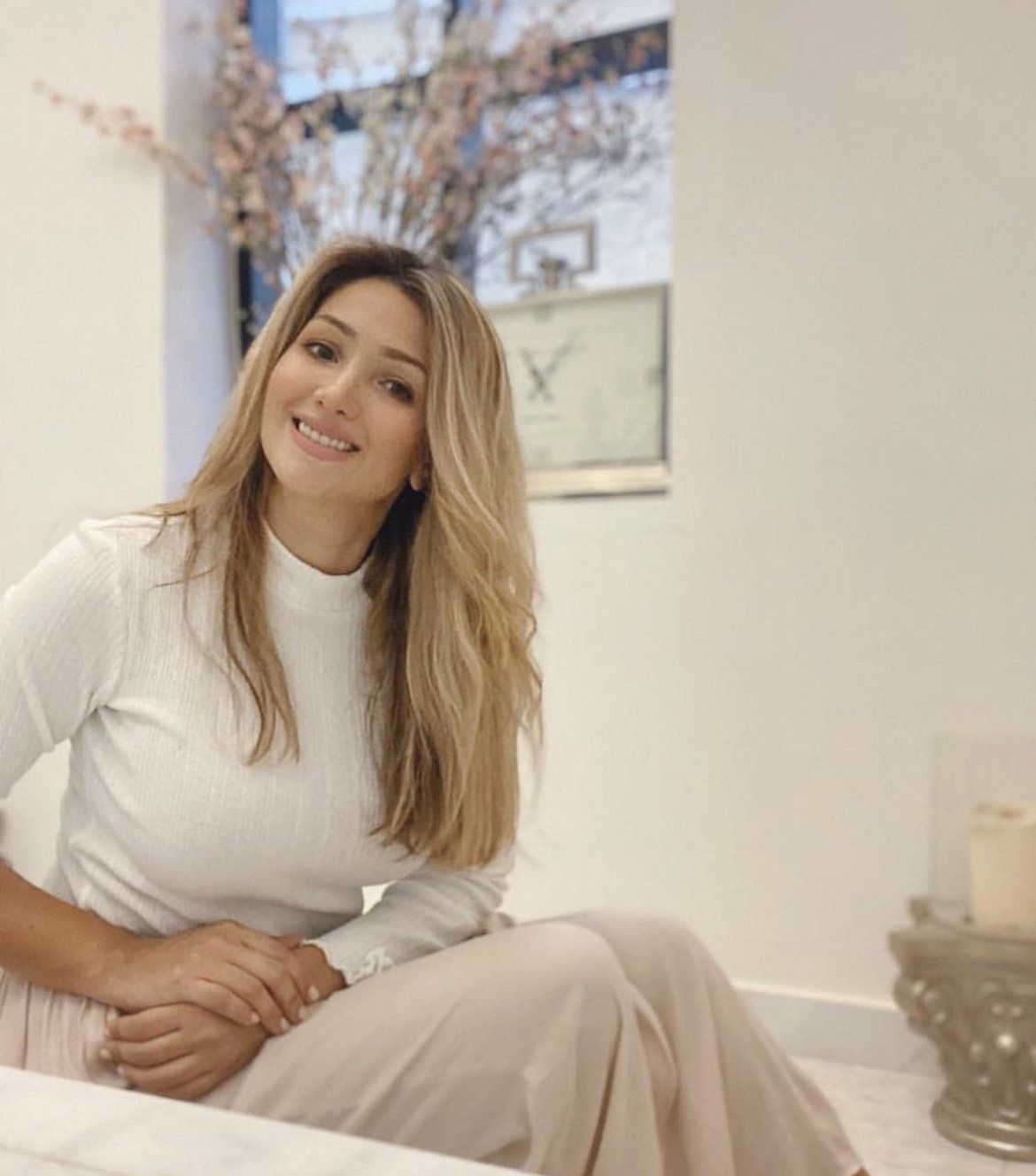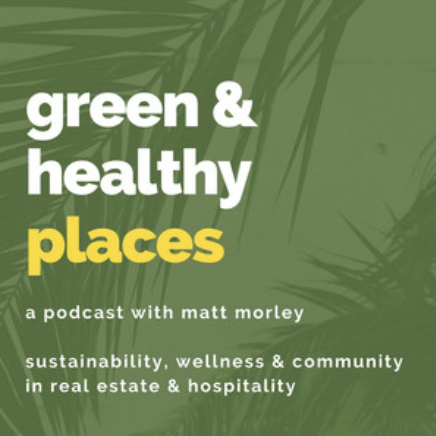Endocrine-disrupting chemicals
Pati Santos
24 September 2020

Image © Doan Ly via Trendland
Did you know Endocrine-Disrupting Chemicals (EDCs) are chemical substances that are not only in your food or personal care products? They are in the built environment, including your home, and most of them persist when they are released and they never disappear.
The endocrine system, which consists of hormone-secreting glands, produces chemical compounds to regulate many bodily processes, such as immunity, growth, metabolism, digestion, reproduction and mood.
EDCs can interfere, disrupt or mimic hormones having adverse effects in your body and could produce metabolic issues, diabetes, obesity, cancer and endometriosis just to name a few.
Yesterday, EDC-Free Europe
launched a policy paper “Key recommendations for a reformed European regulatory framework on endocrine disrupting chemicals"
to contribute to an effective reform of the EU legislative framework in order to protect people and the environment against endocrine disrupting chemicals.
Where might I find EDCs in my home?
Flame retardant chemicals are used in fabrics (curtains, rugs, sofas…) and insulation.
Plasticizers (orthophthalates) act as binding agents and also make plastics flexible.
Are used in flexible vinyl products like wall and floor coverings, pipes and many fragrances.
Stain repellents, also known as PFAS (polyfluoroalkyl substances) are normally used in frying pans, rain jackets and carpets to repel liquids.
Bisphenol A (BPA) can be found in many plastics.
These chemicals are also used in many common household products and collect in your household dust. It is recommended to clean frequently dusting with a damp microfiber cloth and using a vacuum with HEPA filter to trap small particles.
Using the WELL Building Standard in our designs we help to maintain healthy endocrine functions by encouraging healthy nutrition, mitigating stress, and lowering or eliminating environmental health hazards in the air and water.
Do you want to know more? Book a consultation
with us.

The Good Thing Journal interviews Dr. Tara Swart.
"I am: Tara Swart, a neuroscientist, medical doctor, executive advisor, Senior Lecturer at MIT Sloan, Author of bestseller 'The Source - Open Your Mind, Change Your Life', Brand Ambassador for Aromatherapy Associates, and Chief Science Officer at Heights (a brain care supplement). But without all those titles I’m fundamentally a chameleon, philosopher and free spirit."

The Good Thing Journal Interviews Rodrigo Gonzalez.
"I am: A designer, architect, and amateur actor with an interest in creating, growing, and bouncing ideas. I am co-founder of Notpla, a startup with the mission of making plastic packaging disappear by pioneering the use of seaweed as a sustainable material. "







